From Bretton Woods to BRICS: A Journey Through Global Economic Transformations
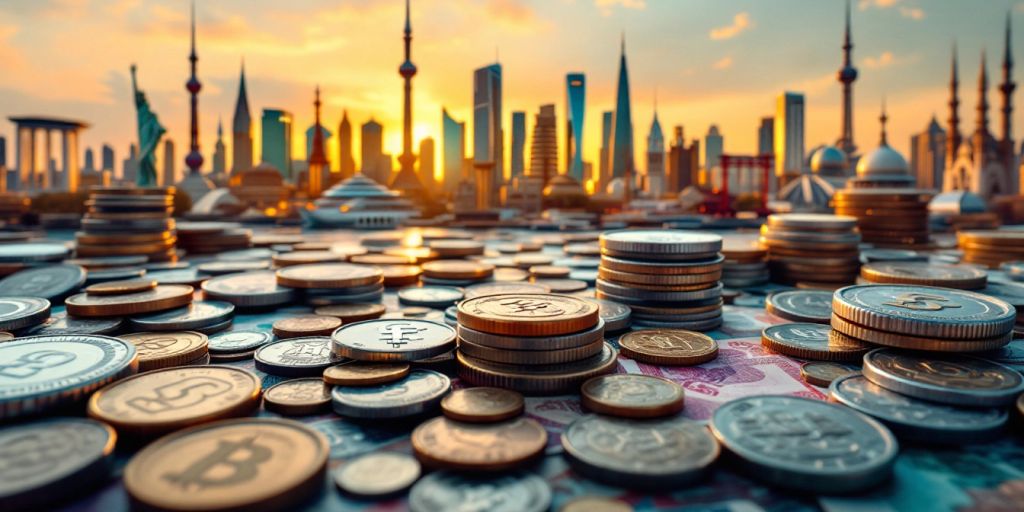
This article explores the significant changes in the global economy from the establishment of the Bretton Woods system to the rise of BRICS. It examines how these two frameworks reflect the evolving dynamics of international relations and economic practices. Through this journey, we will uncover the key institutions, philosophies, and challenges that have shaped our current economic landscape.
Key Takeaways
- The Bretton Woods system was created in 1944 to stabilize the global economy after World War II.
- BRICS formed as a response to the limitations of Western-dominated financial institutions like the IMF and World Bank.
- Neoliberal policies led to increased globalization, impacting both developed and developing nations.
- BRICS aims to provide a platform for emerging economies to collaborate on trade and investment.
- The future of BRICS may reshape global economic power dynamics, challenging the existing order.
The Birth of the Bretton Woods System
Origins and Objectives
In 1944, the Bretton Woods System was created to establish a stable international monetary framework. The main goals were to promote economic cooperation and prevent the kind of economic turmoil that led to the Great Depression. Key objectives included:
- Ensuring stable exchange rates
- Facilitating international trade
- Providing financial assistance to countries in need
Key Institutions Established
The Bretton Woods Conference led to the formation of two major institutions:
- International Monetary Fund (IMF): Aimed to stabilize currencies and provide financial support.
- World Bank: Focused on providing loans for development projects in poorer countries.
These institutions were designed to foster global economic stability and growth.
Impact on Post-War Economy
The Bretton Woods System had a significant impact on the global economy after World War II. It helped:
- Rebuild war-torn nations
- Promote international trade
- Establish the U.S. dollar as the world’s primary reserve currency
The Bretton Woods System marked a turning point in global economic relations, laying the groundwork for future international cooperation.
| Year | Event | Description |
|---|---|---|
| 1944 | Bretton Woods Conference | Establishment of the IMF and World Bank |
| 1945 | IMF Begins Operations | Financial support for member countries |
| 1946 | World Bank Established | Focus on development projects |
The Collapse of Bretton Woods
Factors Leading to the Collapse
The Bretton Woods system faced several challenges that contributed to its downfall:
- Economic imbalances: Countries like the U.S. had growing trade deficits.
- Inflation: Rising prices in the U.S. weakened the dollar’s value.
- Global competition: Other economies began to rise, challenging U.S. dominance.
Nixon Shock and Its Aftermath
In 1971, President Nixon announced a significant change:
- The U.S. would no longer exchange dollars for gold, effectively ending the gold standard.
- This move shocked global markets and led to uncertainty.
- Countries had to adapt to a new system of floating exchange rates, where currency values fluctuate based on market conditions.
Transition to Floating Exchange Rates
The shift to floating exchange rates brought both opportunities and challenges:
- Flexibility: Countries could adjust their currencies to respond to economic conditions.
- Volatility: Exchange rates became more unpredictable, affecting trade and investment.
- New economic policies: Nations had to develop strategies to manage their currencies in a more dynamic environment.
The end of the Bretton Woods system marked a significant shift in global finance, leading to a more interconnected and complex economic landscape. Understanding how Bretton Woods has shaped the global economy since the Second World War clarifies its role in managing geopolitical shifts and securing a new order.
The Rise of Neoliberalism
Deregulation and Privatization
Neoliberalism is a political philosophy that emphasizes free markets and limited government. This approach led to significant changes in many countries, including:
- Deregulation of industries, allowing businesses to operate with fewer restrictions.
- Privatization of state-owned enterprises, transferring control to private companies.
- Increased competition, which aimed to improve efficiency and lower prices.
Globalization and Free Trade
The rise of neoliberalism also brought about a wave of globalization. This included:
- Expansion of international trade agreements, making it easier for countries to trade with one another.
- Growth of multinational corporations that operate across borders.
- Increased movement of capital, labor, and goods around the world.
Impact on Developing Economies
While neoliberal policies aimed to boost economic growth, they also had mixed results for developing economies. Some key points include:
- Many countries experienced economic growth, but income inequality often increased.
- Social services, like healthcare and education, were sometimes reduced due to budget cuts.
- Critics argue that these policies favored wealthy nations and corporations over poorer countries.
Neoliberalism has reshaped the global economy, but its benefits and drawbacks continue to spark debate among economists and policymakers.
The Formation of BRICS
Origins and Objectives
The BRICS group was formed to give a voice to emerging economies. It started with five countries: Brazil, Russia, India, China, and South Africa. The main goal was to create a platform for these nations to discuss their economic and political interests. This group aims to challenge the influence of Western countries in global affairs.
Key Member Nations
The original BRICS nations have expanded to include new members. As of January 2024, the group welcomed Egypt, Ethiopia, Iran, Saudi Arabia, and the UAE. This expansion is significant because these nations represent a large portion of the world’s population and trade. Here’s a quick look at the member nations:
| Country | Year Joined | Key Contribution |
|---|---|---|
| Brazil | 2010 | Major agricultural exporter |
| Russia | 2010 | Energy resources |
| India | 2010 | IT and services |
| China | 2010 | Manufacturing powerhouse |
| South Africa | 2010 | Gateway to Africa |
| Egypt | 2024 | Strategic location |
| Ethiopia | 2024 | Growing economy |
| Iran | 2024 | Oil and gas resources |
| Saudi Arabia | 2024 | Major oil producer |
| UAE | 2024 | Financial hub |
Economic and Political Goals
BRICS aims to:
- Promote economic cooperation among member nations.
- Establish new financial institutions to support development.
- Create a unified voice in international forums.
The growing BRICS+ gives emerging markets the opportunity to align on global topics and new economic opportunities.
This group is evolving and could reshape the global economic landscape, making it essential for countries to adapt to these changes.
BRICS in the Global Economy

Trade and Investment Initiatives
The BRICS group, which includes Brazil, Russia, India, China, and South Africa, is expanding to include more countries. This expansion allows emerging markets to work together on global issues and find new economic opportunities. Here are some key points about their trade and investment initiatives:
- Increased Trade: Trade among BRICS nations has grown significantly, with a notable rise in goods exchanged.
- Investment Opportunities: BRICS countries are focusing on infrastructure projects, which can attract foreign investment.
- Energy Cooperation: The group includes major energy producers, enhancing their influence in global energy markets.
Challenges and Criticisms
Despite its growth, BRICS faces several challenges:
- Diverse Economies: The member countries have different political systems and economic models, which can lead to conflicts.
- Geopolitical Tensions: Rivalries, such as between China and India, may hinder cooperation.
- Skepticism: Some experts doubt whether BRICS can function effectively as a cohesive group.
Future Prospects and Potential
Looking ahead, BRICS has the potential to reshape the global economy:
- Global Influence: As more countries join, BRICS could challenge the dominance of Western-led institutions like the IMF and World Bank.
- New Institutions: The group is working on creating its own financial and political institutions, which could change how global trade and finance operate.
- Economic Growth: With a combined population of over half the world, BRICS nations can significantly impact global trade and investment patterns.
The expansion of BRICS offers a chance for emerging markets to have a stronger voice in global affairs, potentially reshaping the world order.
Comparing Bretton Woods and BRICS

Economic Philosophies
The Bretton Woods System was built on the idea of fixed exchange rates and a stable monetary environment, aiming to promote international trade and economic stability. In contrast, BRICS emphasizes flexibility and cooperation among its member nations, focusing on mutual benefits and development. Key differences include:
- Bretton Woods: Centralized control by major powers.
- BRICS: Decentralized approach with equal voice for all members.
- Bretton Woods: Emphasis on Western economic models.
- BRICS: Diverse economic strategies reflecting member nations’ needs.
Institutional Structures
Bretton Woods established institutions like the IMF and the World Bank, which have been criticized for their weighted voting systems that favor developed nations. On the other hand, BRICS has created its own institutions, such as the New Development Bank (NDB), which aims to provide funding without the same constraints. Here’s a comparison:
| Feature | Bretton Woods Institutions | BRICS Institutions |
|---|---|---|
| Voting Power | Weighted by economy size | Equal among members |
| Focus | Stabilization and loans | Development projects |
| Membership | Limited to major economies | Expanding to include more nations |
Global Influence and Reach
Bretton Woods shaped the post-war global economy, but its influence has waned. BRICS, however, is gaining traction as it represents a significant portion of the world’s population and economic output. The expansion of BRICS is seen as a challenge to the existing order, as it seeks to create a more balanced global economic landscape.
BRICS aims to provide a platform for emerging economies to collaborate and assert their interests on the global stage, potentially reshaping the future of international relations.
In summary, while Bretton Woods laid the groundwork for global economic cooperation, BRICS represents a shift towards a more inclusive and multipolar world, reflecting the changing dynamics of global power.
Conclusion
In conclusion, the shift from the Bretton Woods system to the rise of BRICS marks a significant change in the global economy. The original Bretton Woods was created in a time when only a few powerful nations could set the rules. Now, with BRICS, we see a new group of countries coming together to share their ideas and work towards a fairer system. This change is important because it gives a voice to nations that have often been overlooked. As BRICS continues to grow, it offers a chance for emerging markets to collaborate on important issues like trade, finance, and technology. The future will likely see these nations playing a bigger role in shaping global policies, making the world more balanced and inclusive.
Frequently Asked Questions
What was the Bretton Woods System?
The Bretton Woods System was created in 1944 by the United States and Britain to help manage the global economy after World War II. It aimed to create stable exchange rates and promote international trade.
Why did the Bretton Woods System collapse?
The system collapsed due to various reasons, including economic imbalances and the ‘Nixon Shock’ in 1971, when the U.S. stopped allowing the dollar to be exchanged for gold. This led to floating exchange rates.
What is BRICS?
BRICS is a group of five major emerging economies: Brazil, Russia, India, China, and South Africa. They work together to promote economic growth and cooperation among themselves.
How does BRICS differ from the Bretton Woods System?
BRICS focuses on the interests of developing countries and aims to create a more balanced global economy, while the Bretton Woods System was dominated by Western powers.
What challenges does BRICS face?
BRICS faces challenges like differing political systems among its members and competition with established institutions like the World Bank and the IMF.
What is the future of BRICS in the global economy?
BRICS is expected to grow in influence as it develops new financial systems and strengthens ties among emerging markets, but it must overcome internal differences to be effective.
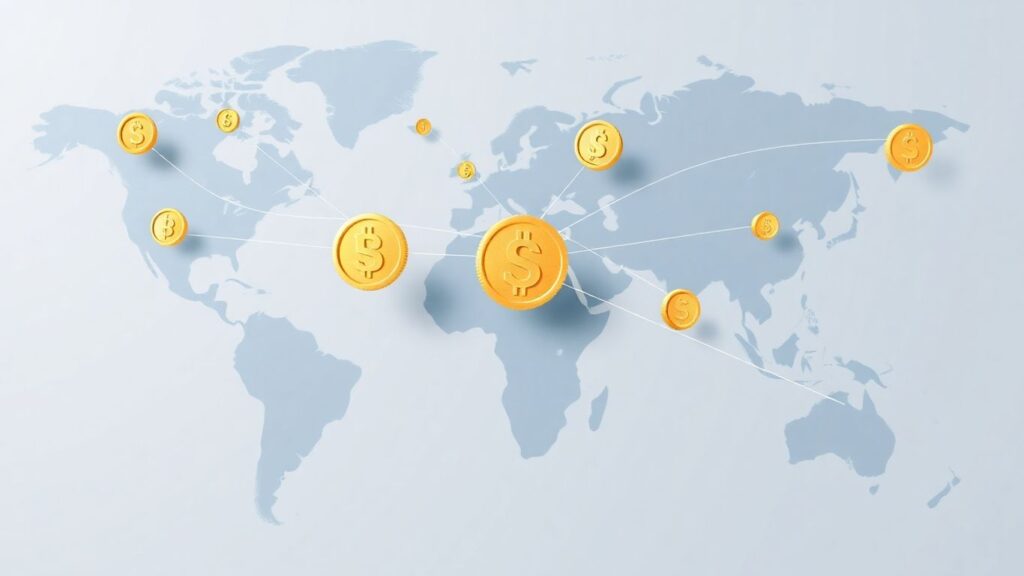

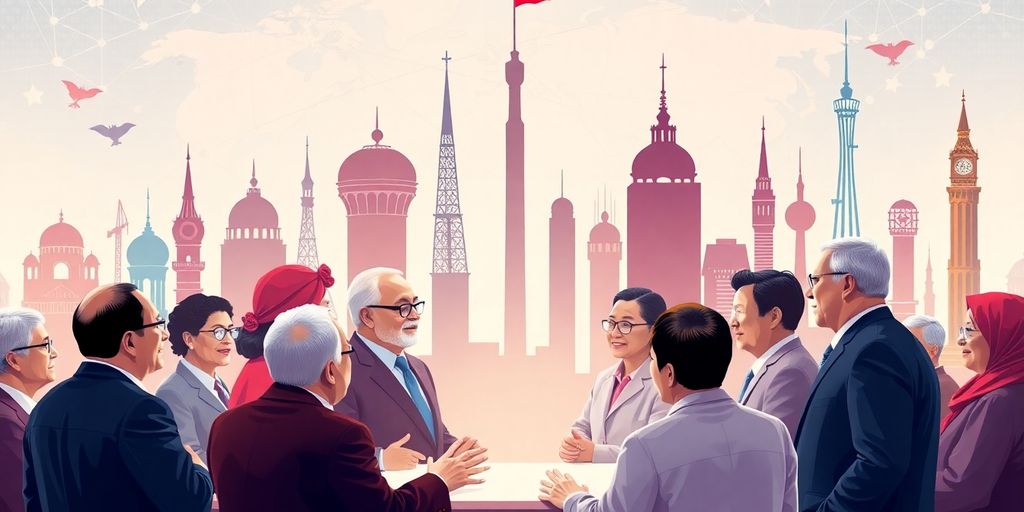
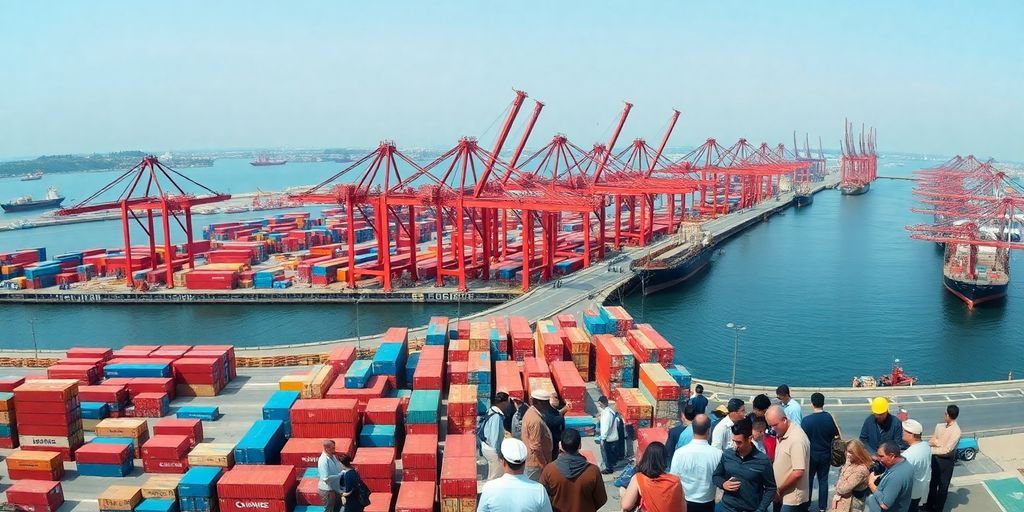



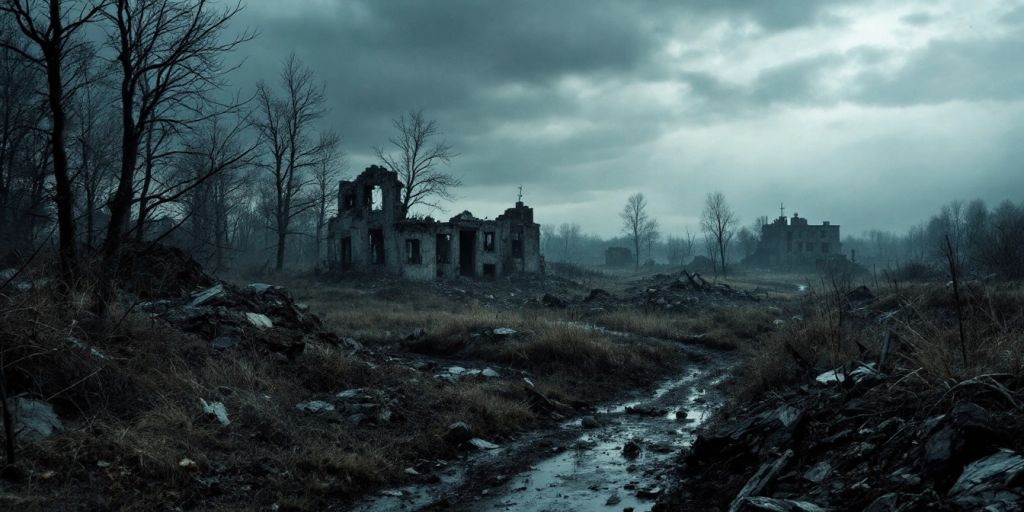
Responses